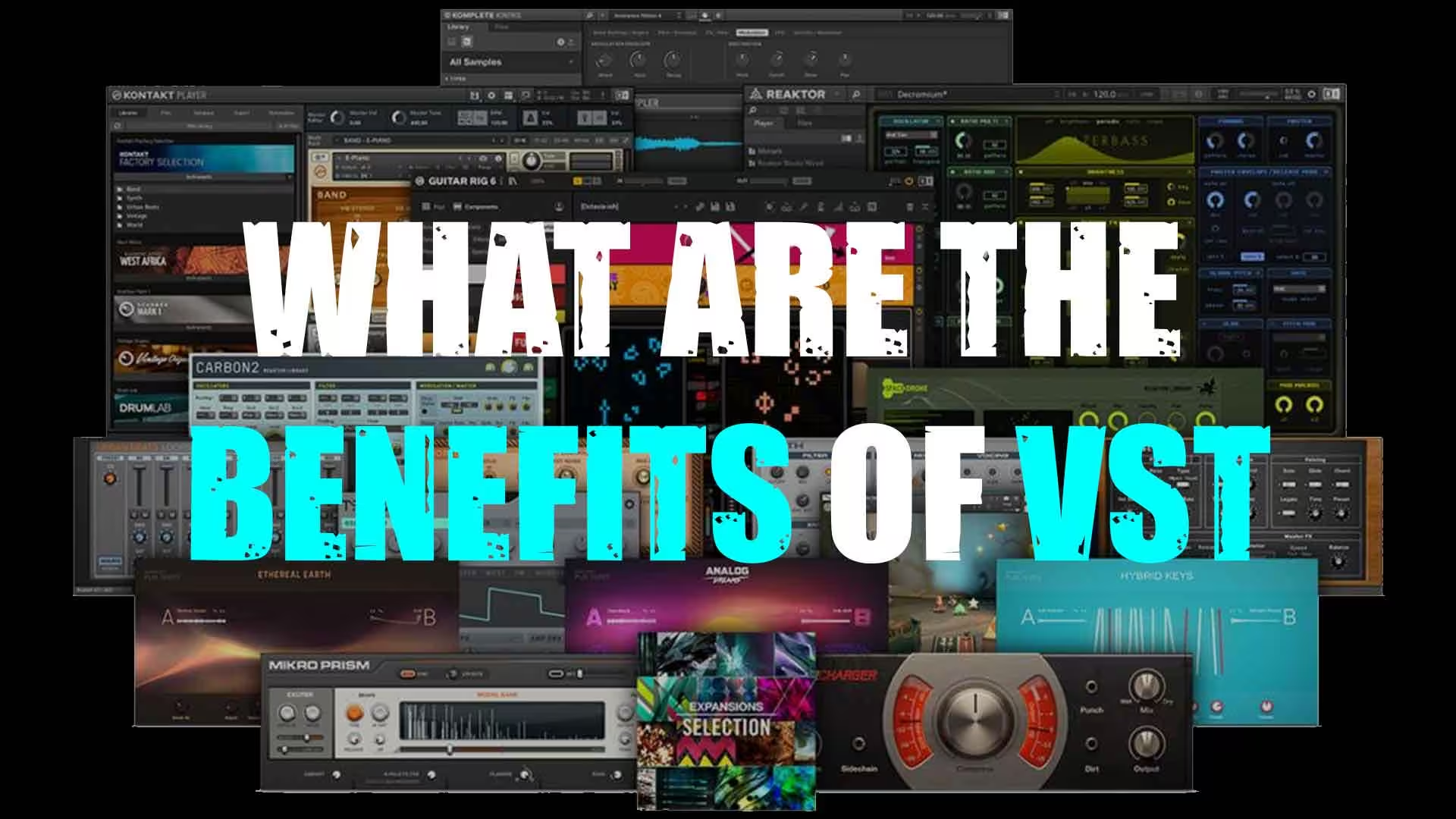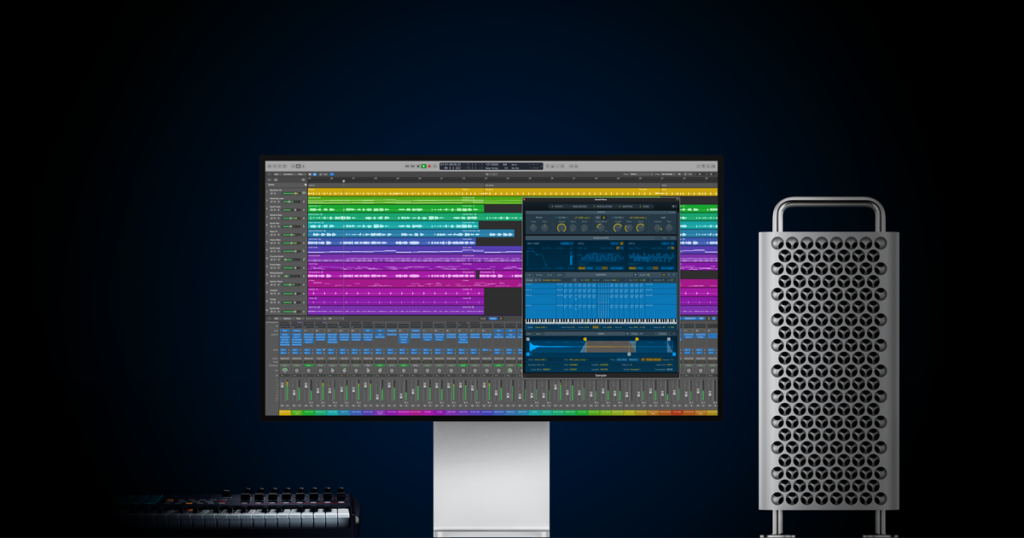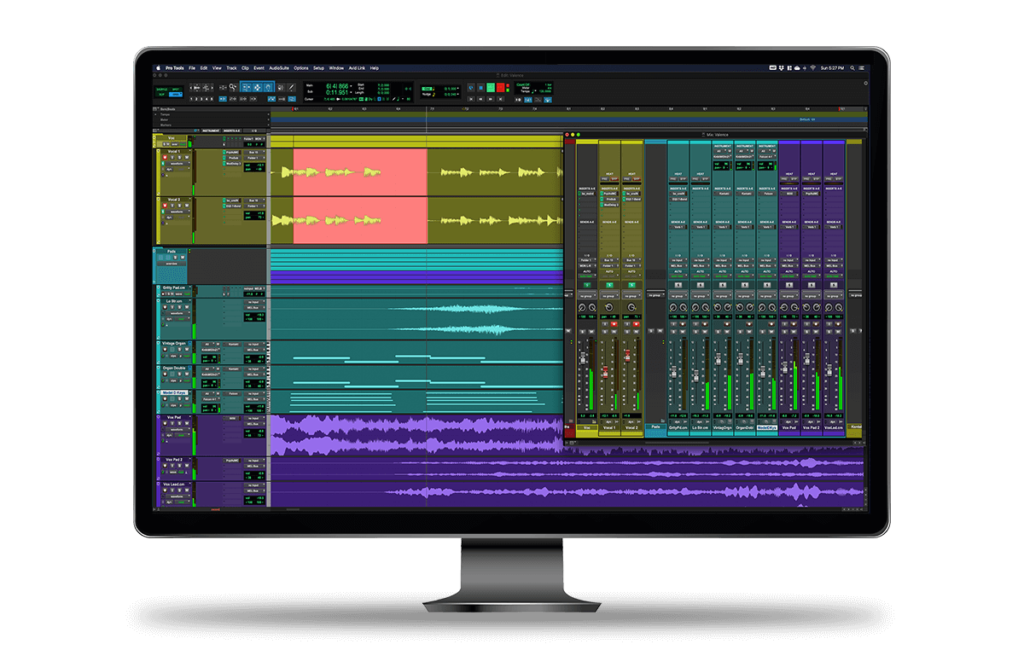JBL Wireless Two Microphone Sy...
$98.95 (as of July 22, 2024 02:51 GMT +00:00 - More infoProduct prices and availability are accurate as of the date/time indicated and are subject to change. Any price and availability information displayed on [relevant Amazon Site(s), as applicable] at the time of purchase will apply to the purchase of this product.)FIFINE Dynamic Microphone, XLR...
$60.95 (as of July 22, 2024 02:51 GMT +00:00 - More infoProduct prices and availability are accurate as of the date/time indicated and are subject to change. Any price and availability information displayed on [relevant Amazon Site(s), as applicable] at the time of purchase will apply to the purchase of this product.)USB Microphone, MAONO 192KHZ/2...
$49.82 (as of July 22, 2024 02:51 GMT +00:00 - More infoProduct prices and availability are accurate as of the date/time indicated and are subject to change. Any price and availability information displayed on [relevant Amazon Site(s), as applicable] at the time of purchase will apply to the purchase of this product.)Amazon Fire 7 Kids tablet, ages 3-7. Top-selling 7" kids tablet on Amazon - 2022 | ad-free content with parental controls included, 10-hr battery, 16 GB, Blue
$109.99 (as of July 22, 2024 02:51 GMT +00:00 - More infoProduct prices and availability are accurate as of the date/time indicated and are subject to change. Any price and availability information displayed on [relevant Amazon Site(s), as applicable] at the time of purchase will apply to the purchase of this product.)Amazon Fire HD 10 tablet, built for relaxation, 10.1" vibrant Full HD screen, octa-core processor, 3 GB RAM, latest model (2023 release), 32 GB, Lilac
$123.19 (as of July 22, 2024 02:51 GMT +00:00 - More infoProduct prices and availability are accurate as of the date/time indicated and are subject to change. Any price and availability information displayed on [relevant Amazon Site(s), as applicable] at the time of purchase will apply to the purchase of this product.)TP-Link Deco AX3000 WiFi 6 Mesh System(Deco X55) - Covers up to 6500 Sq.Ft. , Replaces Wireless Router and Extender, 3 Gigabit ports per unit, supports Ethernet Backhaul (3-pack)
$189.99 (as of July 22, 2024 02:51 GMT +00:00 - More infoProduct prices and availability are accurate as of the date/time indicated and are subject to change. Any price and availability information displayed on [relevant Amazon Site(s), as applicable] at the time of purchase will apply to the purchase of this product.)The Evolution of Audio Plugins: Shaping the Sound Landscape

What is VST plugin audio?
Introduction
What is VST plugin audio? An audio plugin, also known as an “audio plug-in,” is additional software that seamlessly integrates into a main application, such as an audio editing program, digital audio workstation (DAW), or music player. These plugins are designed to add extra functionalities or process audio in specific ways, revolutionizing the way music is produced and sound is shaped.

The Origins: 1980s and 1990s
The history of audio plugins can be traced back to the development of DAWs in the 1980s and 1990s. Before this era, audio processing predominantly relied on dedicated hardware, including equalizers, compressors, and effects, which were often both expensive and cumbersome. However, with the introduction of DAWs, audio processing transitioned into the digital realm, opening up new possibilities within the software domain.
Evolution in the Digital Age
Early Developments
The evolution of audio plugins paralleled technological advancements. Initially, these plugins were often crafted by hardware manufacturers aiming to emulate their physical devices. As digital technology progressed, a wave of independent developers emerged, creating plugins for various purposes. This ranged from realistic simulations of analog equipment to the development of innovative effects and signal processors.
Plugin Formats
Over time, plugin formats underwent significant evolution. Steinberg’s Virtual Studio Technology (VST) format was one of the pioneering standards that gained widespread acceptance. Other popular formats include Audio Units (AU), designed for the Mac OS X environment, and the AAX format, notably used with Pro Tools.

The Contemporary Landscape
Today, audio plugins play a pivotal role in both music production and audio post-production. These plugins offer a diverse array of tools, ranging from traditional equalizers and compressors to sophisticated virtual instruments and special effects. Artists, sound engineers, and producers leverage these plugins to shape and enhance their sounds in ways that were once impractical or impossible with physical hardware.
You can also get free VST PLUGINS as we leave here in this post
1 – Free Plugins
Constant Refinement and Diversification
As digital technology continued its relentless advance, audio plugins experienced a continuous refinement process. Increased computational power and the development of more sophisticated algorithms enabled plugins not only to faithfully emulate existing analog equipment but also to create entirely new and innovative sounds.
Diversification of Functionalities
The evolution of audio plugins led to a significant diversification of functionalities. In addition to classic equalizers and compressors, specialized plugins emerged, offering features such as amplifier modeling, guitar effects simulation, real-time audio processing, and a vast array of virtual instruments, from pianos and synthesizers to complete orchestral ensembles.
Thriving Developer Community
The community of plugin developers has grown considerably, encompassing both established companies and independent developers. This diverse ecosystem of creators contributes to a wide range of tools, each offering a unique approach to shaping sound. While some developers meticulously replicate the tones and characteristics of classic equipment, others explore new territories, experimenting with innovative algorithms and uncommon effects.
Format Diversity
In terms of formats, while Steinberg’s VST remains a widely accepted standard, other formats have gained popularity. The AU format caters to users in the Mac OS X ecosystem, and the AAX format is particularly prevalent in Pro Tools software. This variety of formats fosters greater interoperability between different DAWs, expanding the options available to users.

Shaping New Creative Frontiers
The revolution of audio plugins extends beyond mere hardware emulation; it’s about forging new creative possibilities. Many artists and producers now view plugins as instruments in their own right, capable of inspiring new musical directions and providing meticulous control over sound. This paradigm shift has led to a preference for fully digital environments in the production process.
Democratization of Access
The advent of online marketplaces specializing in plugins has further democratized access to powerful audio production tools. This accessibility has contributed to an explosion of creativity within the music industry, empowering both professionals and amateurs to explore and experiment with their sonic landscapes.
FAQ for VST Plugins
What is a VST Plugin Audio?
An audio plugin, also known as an “audio plug-in,” is additional software that seamlessly integrates into a main application, such as an audio editing program, digital audio workstation (DAW), or music player. These plugins are designed to add extra functionalities or process audio in specific ways, revolutionizing the way music is produced and sound is shaped.
The Origins: 1980s and 1990s
The history of audio plugins can be traced back to the development of DAWs in the 1980s and 1990s. Before this era, audio processing predominantly relied on dedicated hardware, including equalizers, compressors, and effects, which were often both expensive and cumbersome. With the introduction of DAWs, audio processing transitioned into the digital realm, opening up new possibilities within the software domain.
Evolution in the Digital Age
Early Developments
The evolution of audio plugins paralleled technological advancements. Initially, these plugins were often crafted by hardware manufacturers aiming to emulate their physical devices. As digital technology progressed, a wave of independent developers emerged, creating plugins for various purposes, ranging from realistic simulations of analog equipment to the development of innovative effects and signal processors.
Plugin Formats
Over time, plugin formats underwent significant evolution. Steinberg’s Virtual Studio Technology (VST) format was one of the pioneering standards that gained widespread acceptance. Other popular formats include Audio Units (AU), designed for the Mac OS X environment, and the AAX format, notably used with Pro Tools.
The Contemporary Landscape
Today, audio plugins play a pivotal role in both music production and audio post-production. These plugins offer a diverse array of tools, ranging from traditional equalizers and compressors to sophisticated virtual instruments and special effects. Artists, sound engineers, and producers leverage these plugins to shape and enhance their sounds in ways that were once impractical or impossible with physical hardware.
Constant Refinement and Diversification
Refinement Process
As digital technology continued its relentless advance, audio plugins experienced a continuous refinement process. Increased computational power and the development of more sophisticated algorithms enabled plugins not only to faithfully emulate existing analog equipment but also to create entirely new and innovative sounds.
Diversification of Functionalities
The evolution of audio plugins led to a significant diversification of functionalities. In addition to classic equalizers and compressors, specialized plugins emerged, offering features such as amplifier modeling, guitar effects simulation, real-time audio processing, and a vast array of virtual instruments, from pianos and synthesizers to complete orchestral ensembles.
Thriving Developer Community
The community of plugin developers has grown considerably, encompassing both established companies and independent developers. This diverse ecosystem of creators contributes to a wide range of tools, each offering a unique approach to shaping sound. While some developers meticulously replicate the tones and characteristics of classic equipment, others explore new territories, experimenting with innovative algorithms and uncommon effects.
Format Diversity
While Steinberg’s VST remains a widely accepted standard, other formats have gained popularity. The AU format caters to users in the Mac OS X ecosystem, and the AAX format is particularly prevalent in Pro Tools software. This variety of formats fosters greater interoperability between different DAWs, expanding the options available to users.
Shaping New Creative Frontiers
The revolution of audio plugins extends beyond mere hardware emulation; it’s about forging new creative possibilities. Many artists and producers now view plugins as instruments in their own right, capable of inspiring new musical directions and providing meticulous control over sound. This paradigm shift has led to a preference for fully digital environments in the production process.
Democratization of Access
The advent of online marketplaces specializing in plugins has further democratized access to powerful audio production tools. This accessibility has contributed to an explosion of creativity within the music industry, empowering both professionals and amateurs to explore and experiment with their sonic landscapes.
Free Plugins for Logic Pro
You can also get free VST plugins, as listed in this post:
- Free Plugins
- Free Plugins for Logic Pro
Conclusion
Audio plugins have revolutionized the music production industry, offering unprecedented flexibility, creativity, and accessibility. From their origins in the 1980s and 1990s to the sophisticated tools available today, VST plugins have transformed how music is produced and shaped, opening up new creative frontiers for artists and producers worldwide.
- DAVID GUETTA AND ARMIN VAN BUUREN
- Anyma to Make History in Las Vegas
- Waves V15 with StudioVerse
- Moog Spectravox Moog Semi-Modular Line
- The AI Revolution in Music: From Creation to Distribution











